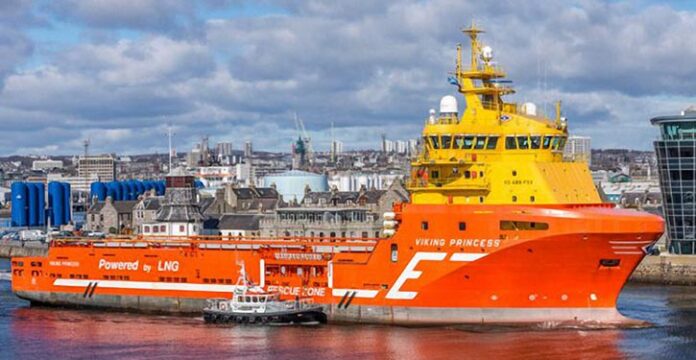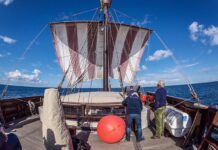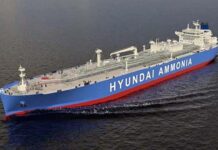Eidesvik Offshore was the world’s first company to have an LNG-powered supply vessel and is now the first to replace one engine with batteries.
“When dual- fuel engine no. 2 had a failure, we had the choice of either replacing it or installing a battery package. Based on our good experiences with Viking Energy, we decided to install an energy storage system onboard Viking Princess,” says odd Kare Mæhle, technical Superintendent Eidesvik Offshore.
A total Wärtsilä product
The VIKING PRINCESS is more or less a complete Wärtsilä product. “When the vessel was built, Wärtsilä delivered the ship design, engines, control systems and the switchboard, so it felt natural to select Wärtsilä as the supplier of our battery system as well,” says Mæhle.
Wärtsilä delivered a 610kWh Energy Storage System (ESS) pre-installed in a container. The package included a battery, transformer, frequency converter, control system and switchboard.
Some minor challenges occurred during the installation, such as with the interface of the vessel’s Power Management and Integrated Automation Systems (PMS/IAS), and when having the battery respond properly during various fault modes, such as over excitation and over speed.
VIKING PRINCESS now runs on a combination of a battery pack for energy storage and three LNG-fuelled Wärtsilä engines. The new energy storage solution provides balancing energy to cover the demand peaks, resulting in a more stable load on the engines. The technology is similar to that used in hybrid vehicles: it prevents the engine load from dipping, and uses the surplus to re-energise the battery, which can be charged as needed. Wärtsilä’s remote monitoring and operational advisory services support the daily operation of the vessel ensuring efficient and optimised operations.
Silence is golden
For an engine operator, silence is usually a sign that something is wrong. But when running in battery mode, silence is golden. “The batteries respond extremely well to rapid load changes compared to combustion engines, and these changes are quite normal during Dynamic Positioning operation in rough weather,” says Mæhle.
And: “Replacing one engine with a battery system has saved around a tonne of fuel a day onboard OSV VIKING PRINCESS”




